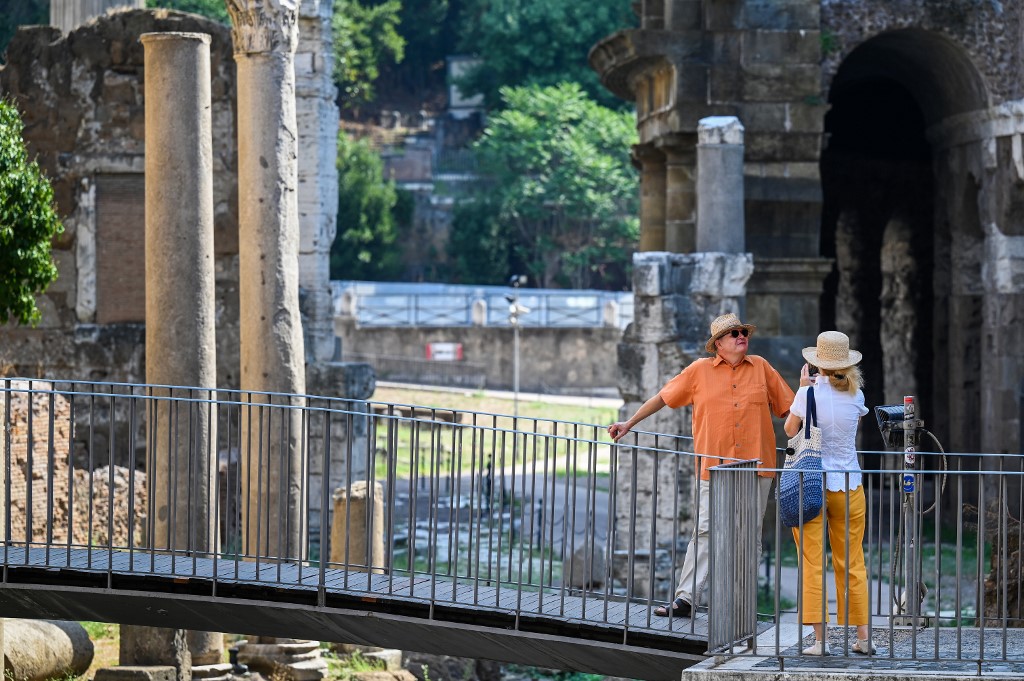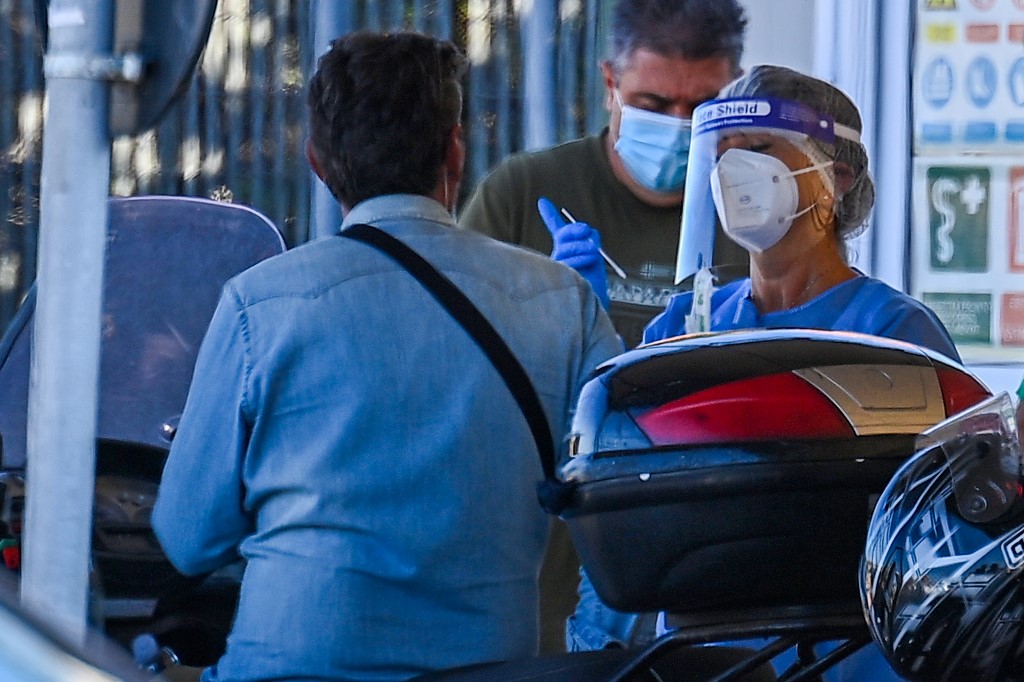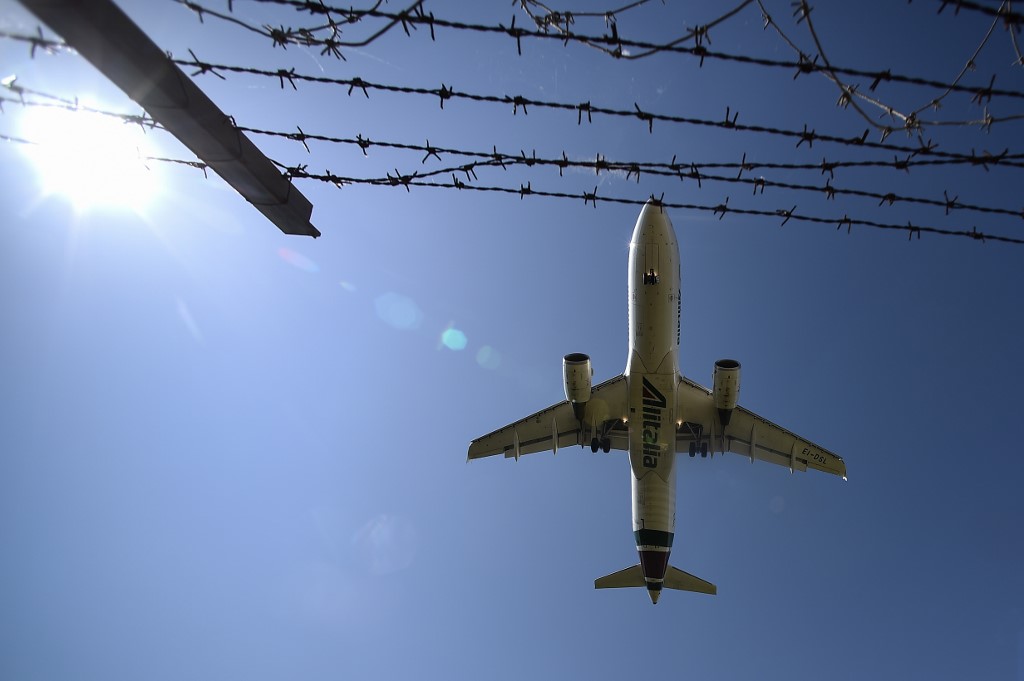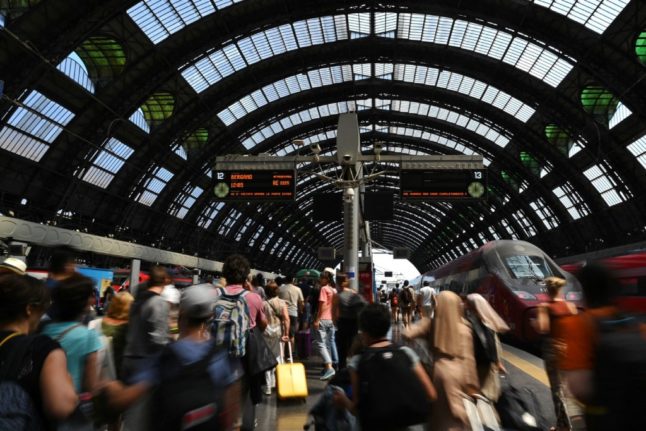The Italian government signed off an another new emergency decree on October 13th, and many were hoping that restrictions on travel to Italy would be lifted under the updated set of emergency rules.
However, the travel rules have overall stayed the same in the latest update.
In fact, many other rules were tightened as cases have risen sharply in Italy recently – meaning it looks unlikely that travel or other restrictions will be eased soon.
The only changes were to the list of countries from which travellers face mandatory testing upon arrival in Italy, with countries including the UK added to the list.
Category A:



The ban applies to anyone who has been to any of those countries within the past 14 days, even if they were just transiting there.
Direct and connecting flights to and from these countries are suspended until further notice.
Citizens of Italy, another EU country, the Schengen Zone or the UK who live in Italy permanently are allowed to return home from one of the countries on the 'risk list'.
See further details of possible exemptions in the latest update on the Italian government's official website.
For more details travellers are advised to check the relevant country information on the ViaggiareSicuri website. You may also wish to check the Italian Foreign Ministry's website (in English) as well as the latest advice from the government of any countries you're travelling to or from.
Please note: The Local is not able to advise on specific cases. Contact your embassy for official guidance.



 Please whitelist us to continue reading.
Please whitelist us to continue reading.
Any issues expected for someone to holiday in Greece (Athens)?
If we land in milan in transit can we still connect to a flight to somewhere else even though the region is sealed?